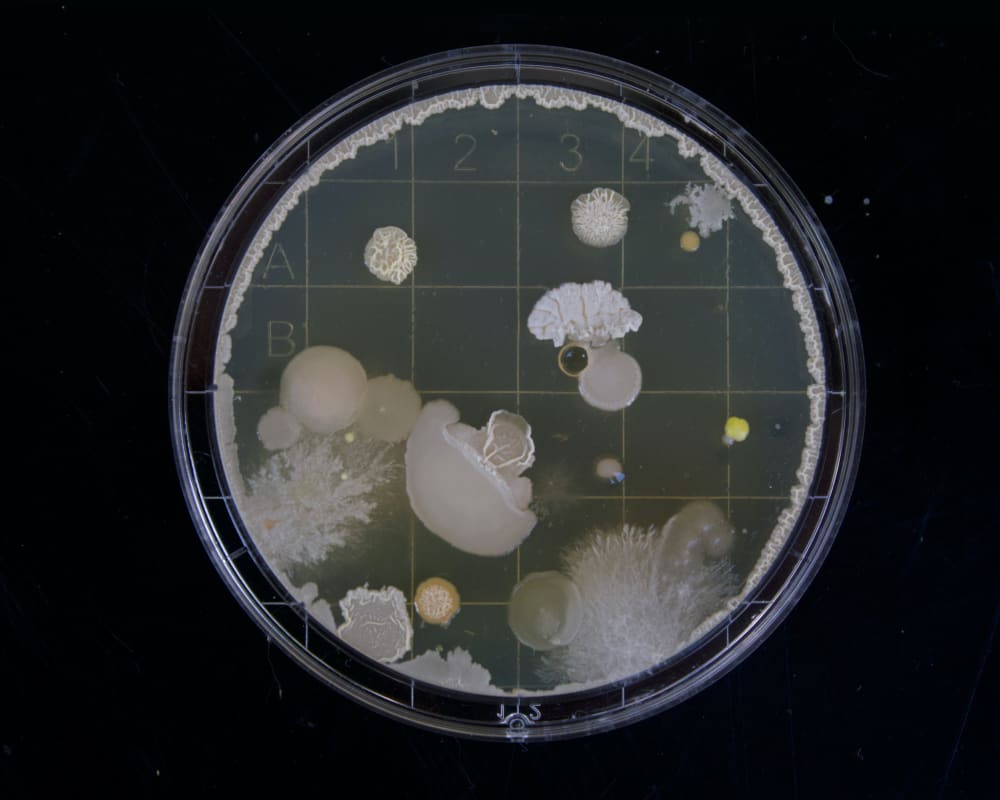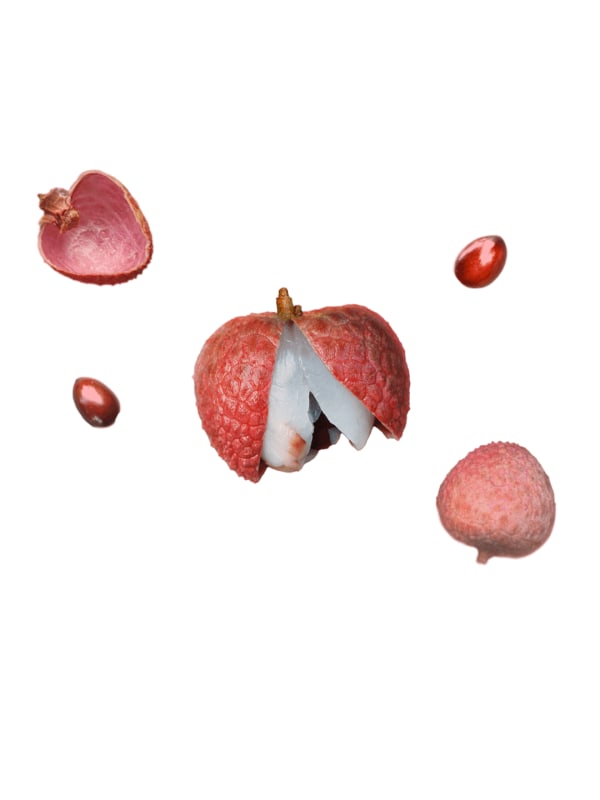This Yeast Is Your Friend

This Yeast Is Your Friend
Discover the remarkable benefits of Saccharomyces Boulardii, your gut's versatile probiotic friend
Almost exactly one hundred years ago, French microbiologist Henri Boulard was travelling through Southeast Asia during a cholera epidemic. He noticed that among the local residents who weren’t suffering from the disease or its life-threatening diarrhea, many were drinking tea made from boiling down the outer skins of lychee and mangosteen. Examining the tea he was able to translate local wisdom into the language of Western science by isolating (and claiming) a hitherto undiscovered strain of yeast: saccharomyces boulardii.
In the century that followed, s.boulardii has been the object of intense scientific scrutiny. It turns out, its applications go way, way beyond cholera. As a result of Boulard’s discovery, and the research that followed, this fascinating and truly unique probiotic yeast can be found easily anywhere probiotic supplements are sold.

Not Your Average Probiotic
In many ways, saccharomyces boulardii is distinct from its shelf neighbours in the probiotic section.
- Firstly, it stands alone as a probiotic yeast - not a bacteria like literally all others.
- Secondly, it can withstand stomach acid and heat. In fact, it loves the temperature of the human body.
- Thirdly, it has earned a reputation as the probiotic when it comes to travelling for its unparalleled ability to fend off traveller’s diarrhea.
- Finally, s.boulardii is a true friend to other probiotics, as well as to antibiotics!
The Enemy of Our Enemy
Saccharomyces boulardi effectively antagonizes a wide range of nasty infectious bugs and parasites like e.coli, cholera, blastocystis hominis, c.difficile, and candida albicans- a pathogenic yeast. Not only does it stop them from adhering to our gut wall, but it produces specialized enzymes that degrade their toxic byproducts!
Antibiotics won’t kill sacc-b (as it is affectionately nicknamed). In fact, the two work extremely well together. The yeast alone is superior to the antibiotic metronidazole at treating Small Intestinal Bacterial Overgrowth (SIBO), and when used together they are even more effective. It also prevents possible side-effects of antibiotic use, such as diarrhea, and encourages the flourishing of friendly probiotic bacterial strains to take over and replace the bad ones. The same combo, metronidazole and s.boulardii , is also extremely effective for treating giardiasis and b.hominis infection.
Intestinal Defender
Gut defender, gut rebuilder: saccharomyces boulardii builds intestinal immunity by raising secretory IgA, the non-specific antibody that protects our gut lining like a round-the-clock sentry. It also lowers inflammation in the small bowel by various metabolic pathways and repairs leaky gut. If that wasn't enough, sacc-b physically rebuilds a leaky gut by strengthening the tight junctions that bind the cells of our intestinal lining to one another.
The probiotic yeast strain saccharomyces boulardii is used far and wide because it has a remarkable safety profile and a broad spectrum of clinical utility. It strengthens our gut while defending against infection, and it cooperates happily with antibiotics while making them more effective and lessening their side effects.
This yeast is your friend!
Al’Abri, I. S., Durmusoglu, D., Collins, S. P., Cheng, J., Eroglu, A., Beisel, C. L., & Crook, N. (2021). In Situ Biomanufacturing of Small Molecules in the Mammalian Gut by Probiotic Saccharomyces boulardii. ACS Synthetic Biology. https://doi.org/10.1021/acssynbio.0c00562
Besirbellioglu, B. A., Ulcay, A., Can, M., Erdem, H., Tanyuksel, M., Avci, I. Y., Araz, E., & Pahsa, A. (2006). Saccharomyces boulardii and infection due to giardia lamblia. Scandinavian Journal of Infectious Diseases, 38(6–7), 479–481. https://doi.org/10.1080/00365540600561769
García-Collinot, G., Madrigal-Santillán, E. O., Martínez-Bencomo, M. A., Carranza-Muleiro, R. A., Jara, L. J., Vera-Lastra, O., Montes-Cortes, D. H., Medina, G., & Cruz-Domínguez, M. P. (2019). Effectiveness of saccharomyces boulardii and metronidazole for small intestinal bacterial overgrowth in systemic sclerosis. Digestive Diseases and Sciences, 65(4), 1134–1143. https://doi.org/10.1007/s10620-019-05830-0
Gardner, A. (2023, March 2). Saccharomyces boulardii: The antiobitic resistant probiotic. Gene Food. https://www.mygenefood.com/blog/saccharomyces-boulardii-antibiotic-resistant-probiotic/#:~:text=The%20French%20scientist%20Henry%20Boulard,was%20able%20to%20isolate%20S
Kelesidis, T., & Pothoulakis, C. (2011). Efficacy and safety of the probiotic saccharomyces boulardii for the prevention and therapy of gastrointestinal disorders. Therapeutic Advances in Gastroenterology, 5(2), 111–125. https://doi.org/10.1177/1756283x11428502
McFarland, L. V. (2010). Systematic Review and meta-analysis of saccharomyces boulardii in adult patients. World Journal of Gastroenterology, 16(18), 2202. https://doi.org/10.3748/wjg.v16.i18.2202
Pais, P., Almeida, V., Yılmaz, M., & Teixeira, M. C. (2020). Saccharomyces boulardii: What makes it tick as successful probiotic? Journal of Fungi, 6(2), 78. https://doi.org/10.3390/jof6020078
Saccharomyces boulardii monograph. FX Medicine. (n.d.). https://www.fxmedicine.com.au/blog-post/saccharomyces-boulardii-monograph


Gluten-Free Pumpkin & Sage Ravioli